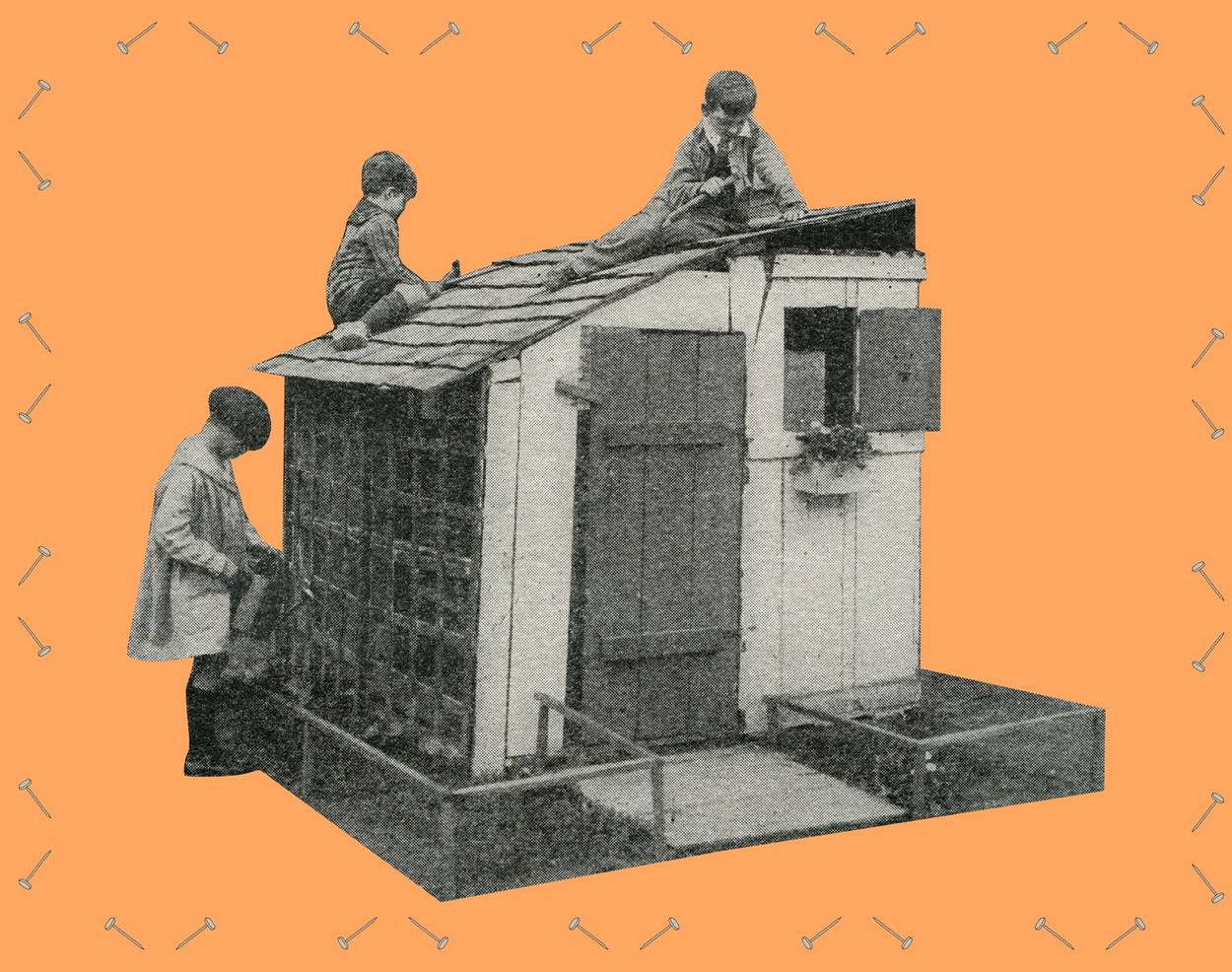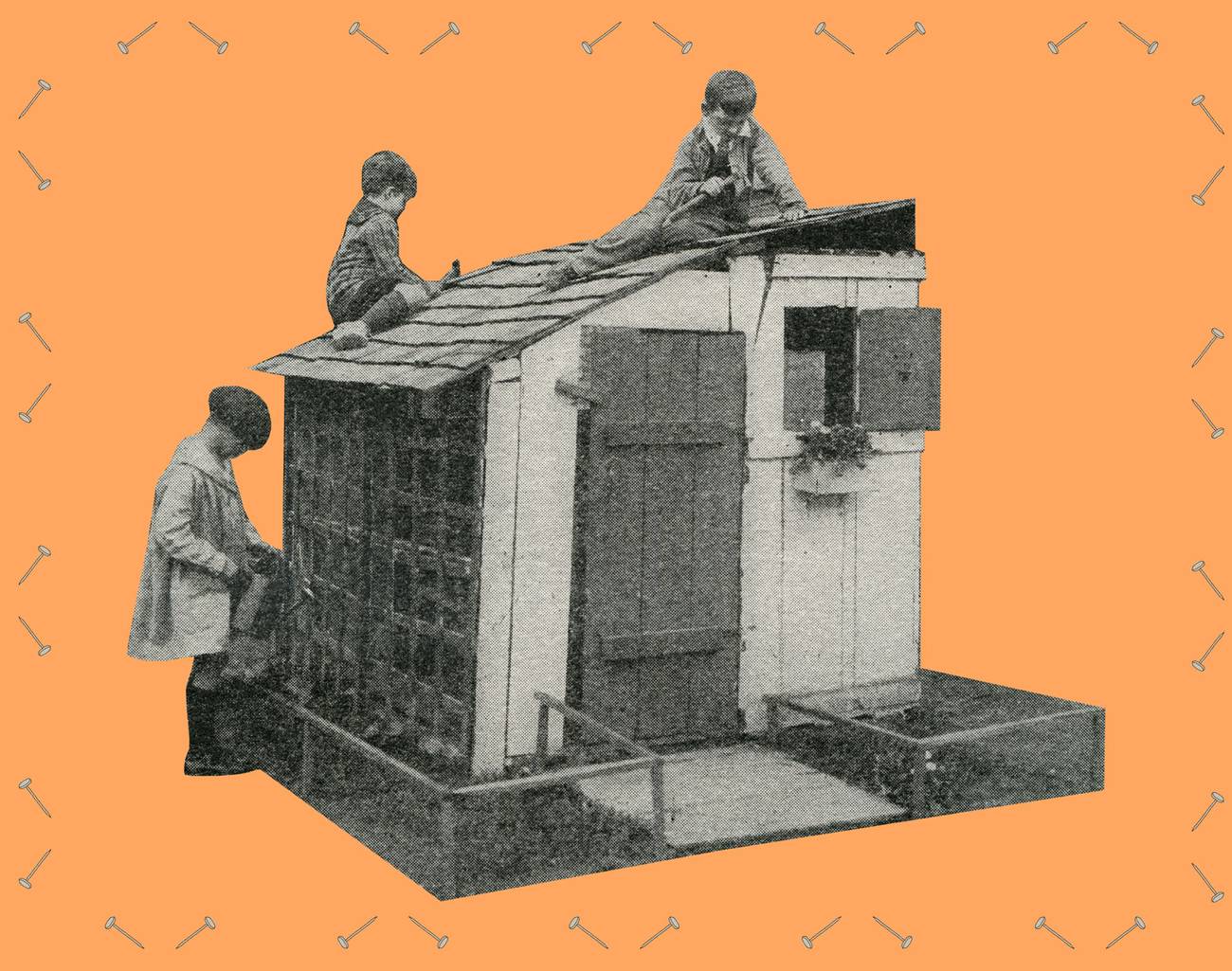Built to Last
As Sukkot winds down, we are reminded of the ease with which buildings crumble to dust. And as Simchat Torah begins, we are reminded of how much longer words can endure.

Tablet Magazine

Tablet Magazine

Tablet Magazine

Tablet Magazine
It was meant to last forever.
Built in 1956 by the legendary urban planner Robert Moses, the New York Coliseum loomed over Columbus Circle in Manhattan, proudly positioned at the southwest corner of Central Park. Named after Rome’s own legendary structure, it boasted a soaring ceiling supported by seven massive steel trusses, each 120 feet long and two stories high. It contained 26 stories of office space meant to house captains of industry and an exhibition hall for showcasing mankind’s latest innovations. Its white-brick facade was bedecked with four cast-aluminum medallions, literal symbols of power. Three depicted the federal, state, and city seals. The fourth represented the Triborough Bridge and Tunnel Authority, chaired by Robert Moses himself.
As the Coliseum’s construction neared completion, Moses would mercilessly tease his biographer Robert Caro, who was writing what would become the 1,162-page, Pulitzer Prize-winning The Power Broker. Moses thought Caro’s endeavor a waste of time.
“He used to ask me about The Power Broker, ‘How long will it last?’” Caro told a journalist at Esquire decades later, while glancing out the window of his Midtown office. “In a short while, it will be yesterday’s news.”
Out of that small office window, one would have expected Caro to glance at the Coliseum’s glistening exterior. Alas, in 1999, the seven trusses were disassembled, the medallions removed, and the facade’s white bricks smashed to dust. The Coliseum had been demolished, replaced by the Time Warner Center. The New York Times titled its coverage of the demolition “Built, but Not Destined, to Last,” informing readers that “having stood 1,920 years fewer than the one in Rome, the Coliseum on Columbus Circle is about to topple.”
The Time Warner Center, too, didn’t remain. The building standing at the site now is named the Deutsche Bank Center, after its primary tenant.
Recounting the demolition of the Coliseum all those years later for Esquire, Caro mused, “When they tore it down, I felt something about books.” He then repeated himself: “When they tore it down, I felt something about books.”
Sukkot is a holiday centered around structures. We spend hours, even days, building a replica of a home. Within the metal poles and canvas walls of this makeshift residence, we eat, converse, host family and friends, and if you are courageous enough amid the threat of curious squirrels or nosy neighbors, even sleep. The entire purpose of the holiday is to commemorate the accommodations that God provided for the ancient Israelites during their desert wanderings. While the rabbis debate whether it was physical tents or metaphysical clouds that housed the Jewish people during that 40-year schlep, the holiday’s goal remains the same. That asymmetrical, slightly rickety, bamboo-roofed, children’s school-project-bedecked sukkah, built with the help of the tall teenager down the block and to be taken down as soon as the holiday is over, is meant to remind us that whether it’s in our backyard or on the 145th floor of the world’s tallest building, Dubai’s Burj Khalifa, no structure will last forever.
“We sit flush with the world,” is how Rabbi Alan Lew put it in his reflection on the High Holiday season, This Is Real and You Are Completely Unprepared. The sukkah is “a ‘house’ that calls attention to the fact that it gives us no shelter. It is not really a house. It is the interrupted idea of a house, a parody of a house,” which we spend the majority of eight days in because “no building of wood and stone can ever afford us protection from the disorder that is always lurking all around us. No shell we put between us and the world can ever really keep us secure from it. And we know this.”
It is rather fitting, then, that as the holiday emphasizing the ephemeral nature of what we build finishes, we celebrate words that have been learned from a timeless book. As the French philosopher Bernard-Henri Lévy put it, “The genius of Judaism is the Book and books.”
Over Simchat Torah, we rejoice over completing the weekly cycle of reading portions from the Torah, a text whose study has sustained the Jewish people for three millennia and unlike anything and everything mankind constructs, shows no signs of decomposition or decay. We read the ending, and then, like the toddler lovingly begging “again, again” when its mother finishes a favorite book, we begin it once more. We movingly huddle our synagogue’s young children under a tallit to ensure that, as they grasp their comfort blankets, cling to their pacifiers, and fiddle with their fidget toys as Deuteronomy is read, they, too, will find comfort in the verses of the covenant, now and as they grow into old age.
In 1909, a young British journalist with a knack for public speaking named Winston Churchill delivered a speech at an Authors’ Club meeting. There he reflected:
Someone—I forget who—has said: “Words are the only things which last forever.” That is to my mind, always a wonderful thought. The most durable structures raised in stone by the strength of man, the mightiest monuments of his power, crumble into dust, while the words spoken with fleeting breath, the passing expression of the unstable fancies of his mind, endure not as echoes of the past, not as mere archeological curiosities or venerable relics, but with a force and life as new and strong, and sometimes far stronger than when they were first spoken, and leaping across the gulf of 3,000 years, they light the world for us to-day.
Brightened by the energy of congregants’ leaps around the bimah, Torahs in hand, the sight of Simchat Torah’s celebrants reveling in the word lights the way for the next generation to feel something about books. “If we work on marble, it will perish,” said the American statesman Daniel Webster. “If we work on brass, time will efface it. If we rear temples, they will crumble to dust. But if we work on men’s immortal minds, we engrave on those tablets something which time cannot efface, and which will brighten and brighten to all eternity.”
“And all your children shall be taught of the Lord and great shall be the peace of your children,” says Isaiah. “Do not read baneiyikh, ‘your children,’” say the rabbis. “Rather, boneiyikh, ‘your builders.’”
Power brokers and coliseums rise and crumble into dust. We continue to build, verse by verse, chapter by chapter, something far stronger.
Rabbi Dr. Stuart Halpern is Senior Adviser to the Provost of Yeshiva University and Deputy Director of Y.U.’s Straus Center for Torah and Western Thought. His books include The Promise of Liberty: A Passover Haggada, which examines the Exodus story’s impact on the United States, Esther in America, Gleanings: Reflections on Ruth and Proclaim Liberty Throughout the Land: The Hebrew Bible in the United States.